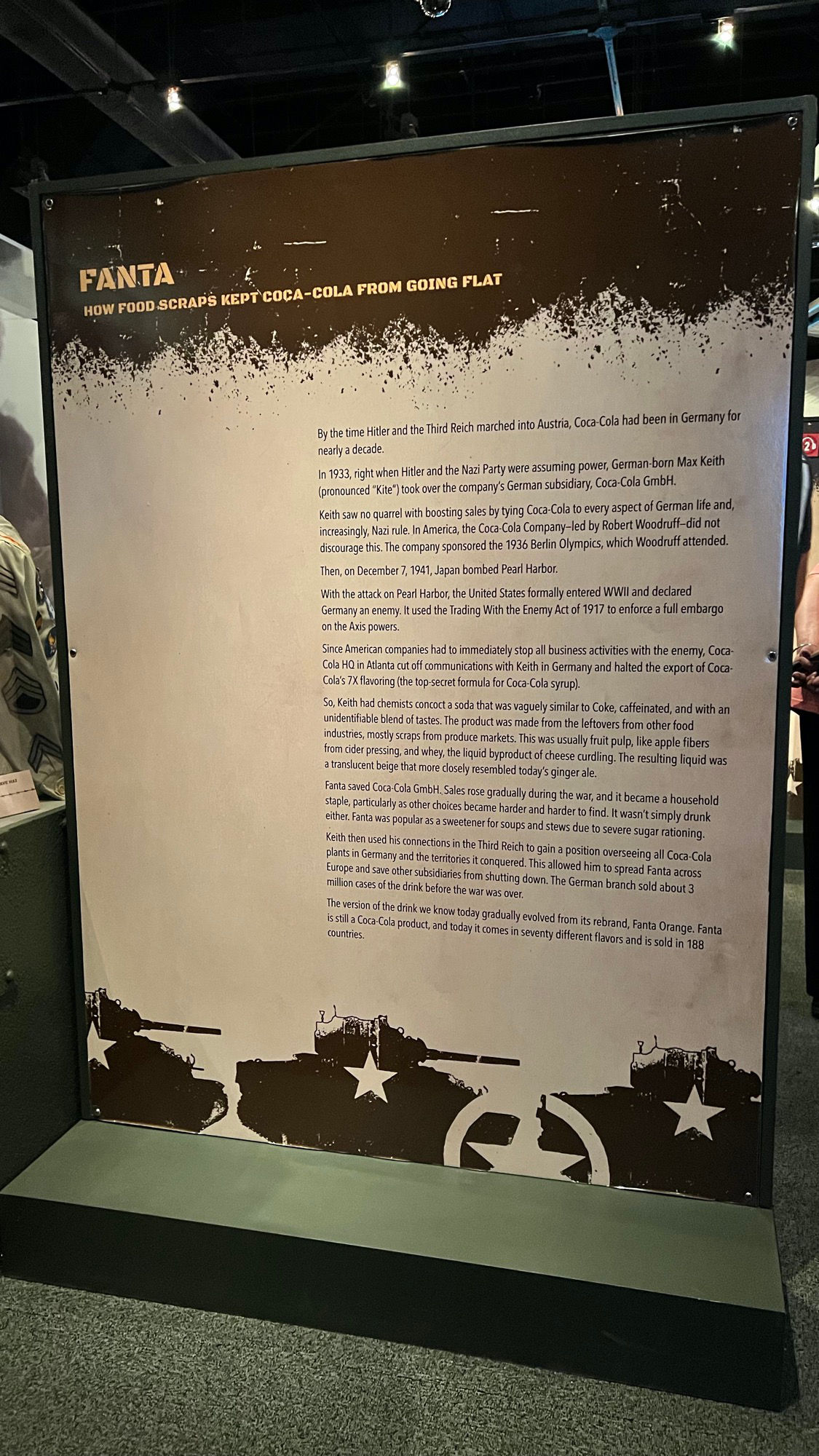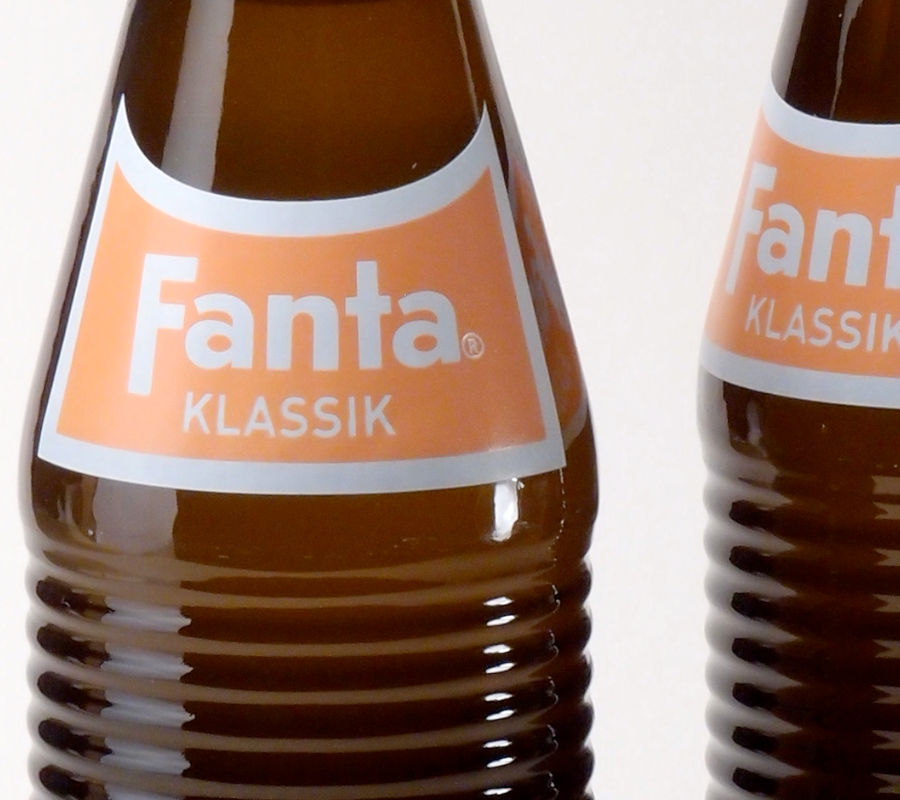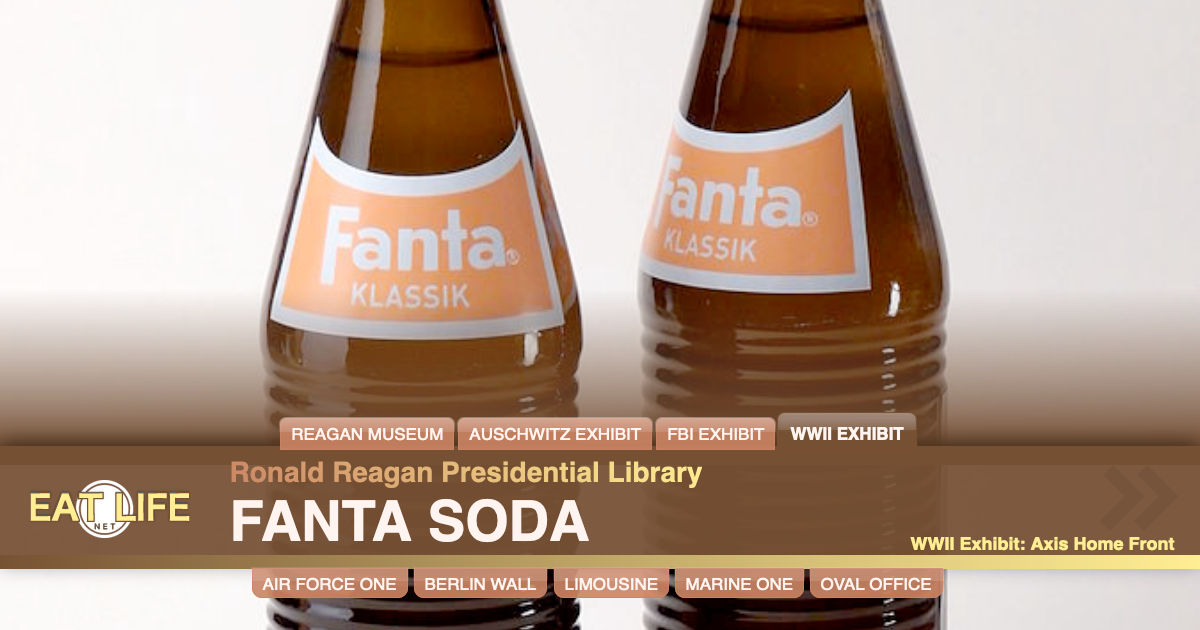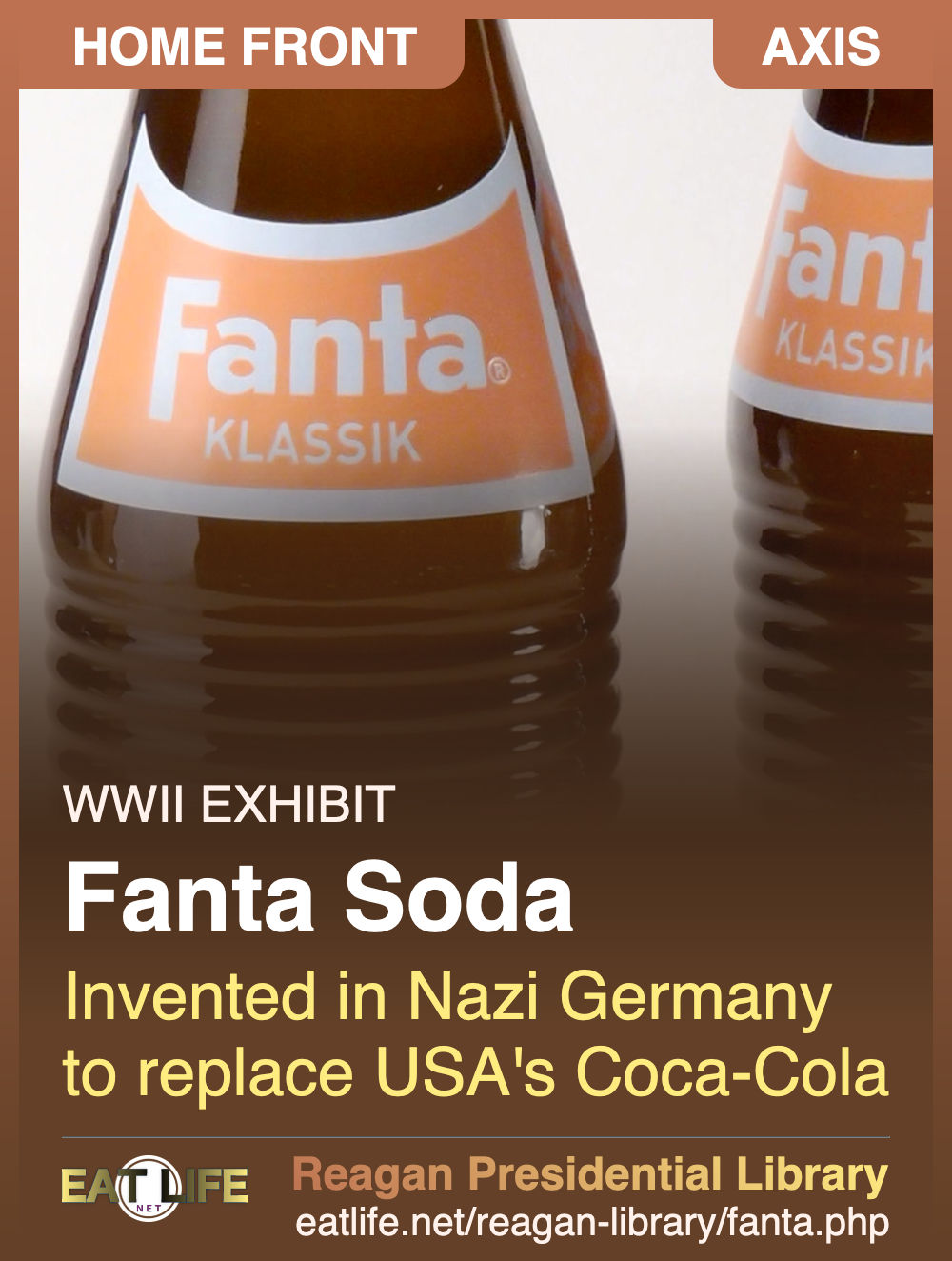
How food scraps kept Coca-Cola from going flat
By the time Hitler and the Third Reich marched into Austria, Coca-Cola had been in Germany for nearly a decade.
In 1933, right when Hitler and the Nazi Party were assuming power, German-born Max Keith (pronounced "Kite") took over the company's German subsidiary, Coca-Cola GmbH.
Keith saw no quarrel with boosting sales by tying Coca-Cola to every aspect of German life and, increasingly, Nazi rule. In America, the Coca-Cola Company - led by Robert Woodruff - did not discourage this. The company sponsored the 1936 Berlin Olympics, which Woodruff attended.
Then, on December 7, 1941, Japan bombed Pearl Harbor.
With the attack on Pearl Harbor, the United States formally entered WWII and declared Germany an enemy. It used the Trading With the Enemy Act of 1917 to enforce a full embargo on the Axis powers.
Since American companies had to immediately stop all business activities with the enemy, Coca-Cola HQ in Atlanta cut off communications with Keith in Germany and halted the export of Coca-Cola's 7X flavoring (the top-secret formula for Coca-Cola syrup).
So, Keith had chemists concoct a soda that was vaguely similar to Coke, caffeinated, and with an unidentifiable blend of tastes. The product was made from the leftovers from other food industries, mostly scraps from produce markets. This was usually fruit pulp, like apple fibers from cider pressing, and whey, the liquid byproduct of cheese curdling. The resulting liquid was a translucent beige that more closely resembled today's ginger ale.
Fanta saved Coca-Cola GmbH. Sales rose gradually during the war, and it became a household staple, particularly as other choices became harder and harder to find. It wasn't simply drunk either. Fanta was popular as a sweetener for soups and stews due to severe sugar rationing.
Keith then used his connections in the Third Reich to gain a position overseeing all Coca-Cola plants in Germany and the territories it conquered. This allowed him to spread Fanta across Europe and save other subsidiaries from shutting down. The German branch sold about 3 million cases of the drink before the war was over.
The version of the drink we know today gradually evolved from its rebrand, Fanta Orange. Fanta is still a Coca-Cola product, and today it comes in seventy different flavors and is sold in 188 countries.
Atlas ObscuraFebruary 1944
Berlin is attempting to recover from American aerial bombing. But life and industry continues on the city's outskirts. In farmhouses, bottles clang and a mix of ex-convicts, Chinese laborers, and other workers fill glass bottles of what was likely a cloudy, brownish liquid. This is one of Coca-Cola's makeshift bottling operations, and they are making Nazi Germany's signature beverage. Even during war, Germans want their Fanta.The soft drink Fanta was invented by Coca-Cola, an American company, inside of Nazi Germany during World War II. Developed at the height of the Third Reich, the new soda ensured the brand's continued popularity. Fanta became a point of nationalistic pride and was consumed by the German public, from the Fraus cooking at home to the highest officials of the Nazi party.
The drink was technically fruit-flavored, but limited wartime resources made that descriptor not wholly accurate. Its ingredients were less than appetizing: leftover apple fibers, mash from cider presses, and whey, a cheese by-product. "Fanta was made from the leftovers of the leftovers," says Mark Pendergrast, who, as the author of For God, Country, and Coca-Cola, revealed this hidden past. "I don't imagine it tasted very good."
In 1933, right when Hitler and the Nazi Party were assuming power, German-born Max Keith (pronounced "Kite") took over the company's German subsidiary, Coca-Cola GmbH. Keith was an imposing figure: tall, intimidating, possessing a "little whisk-broom mustache" (not unlike Hitler's), charming but quick-tempered, and utterly devoted to Coca-Cola." Keith valued his allegiance to the drink and to the company more than his allegiance to his own country," says Pendergrast. For that reason, he saw no quarrel with boosting sales by tying Coca-Cola to every aspect of German life and, increasingly, Nazi rule.
The U.S.'s entrance into World War II meant that American companies had to immediately stop all business activities with the enemy. In addition, the German government was threatening to seize "enemy-owned" businesses.
Coca-Cola GmbH was on the verge of going flat. Keith couldn't make Coke, and at any point, the Nazi government could seize his beloved company. But he had an idea: He needed an alternative beverage specifically for the German market.
Working with his chemists, Keith patched together a recipe within the limitations imposed by wartime rationing. It was basically made from the leftovers of other food industries: fruit shavings, apple fibers and pulp, beet sugar, and whey, the liquid remaining after milk has been curdled and strained during cheese production. To name this concoction, Keith told his team to use their imagination.
Joe Knipp, a salesman, pitched "Fanta," shorthand for the German word for "fantasy." It stuck.
WIKIPEDIAFanta
An American-owned German brand of fruit-flavored carbonated soft drinks created by Coca-Cola Deutschland under the leadership of German businessman Max Keith. There are more than 200 flavors worldwide.Fanta originated in Germany as a Coca-Cola alternative in 1940 due to the American trade embargo of Nazi Germany, which affected the availability of Coca-Cola ingredients. Fanta soon dominated the German market with three million cases sold in 1943. The current formulation of Fanta, with orange flavor, was developed in Italy in 1955.
World War II
During the Second World War, the United States established a trade embargo against Nazi Germany, making the export of Coca-Cola syrup difficult. To circumvent this, Max Keith, the head of Coca-Cola Deutschland (Coca-Cola GmbH), decided to create a new product for the German market, using only ingredients available in Germany at the time, including sugar beet, whey (a cheese byproduct), and apple pomace-the "leftovers of leftovers", as Keith later recalled. The name was the result of a brainstorming session, which started with Keith's exhorting his team to "use their imagination" (Fantasie in German), to which one of his salesmen, Joe Knipp, retorted "Fanta!".The German plant was cut off from Coca-Cola headquarters following America's entry into the war following the Japanese attack on Pearl Harbor in 1941. After the war, the Coca-Cola Company regained control of the plant, formula, and the trademarks to the new Fanta product-as well as the plant profits made during the war.
In 1943 alone, 3 million cases of Fanta were sold in Germany. Many bottles were not consumed as a beverage but used as a cooking ingredient to add sweetness and flavor to soups and stews, as sugar was severely rationed.
During the war, the Dutch Coca-Cola plant in Amsterdam (N.V. Nederlandse Coca-Cola Maatschappij) suffered the same difficulties as the German Coca-Cola plant. Keith put the Fanta brand at the disposal of the Dutch Coca-Cola plant, of which he had been appointed the official caretaker. Dutch Fanta had a different recipe from German Fanta, elderberries being one of the main ingredients.
Fanta production was discontinued in 1949.
In 1955, in Naples, in the SNIBEG plant (Societa Napoletana Imbottigliamento Bevande Gassate), thanks to the intervention of Count Ermelino Matarazzo di Licosa, Fanta was produced for the first time in its formulation with oranges, giving life to the product we know today.









